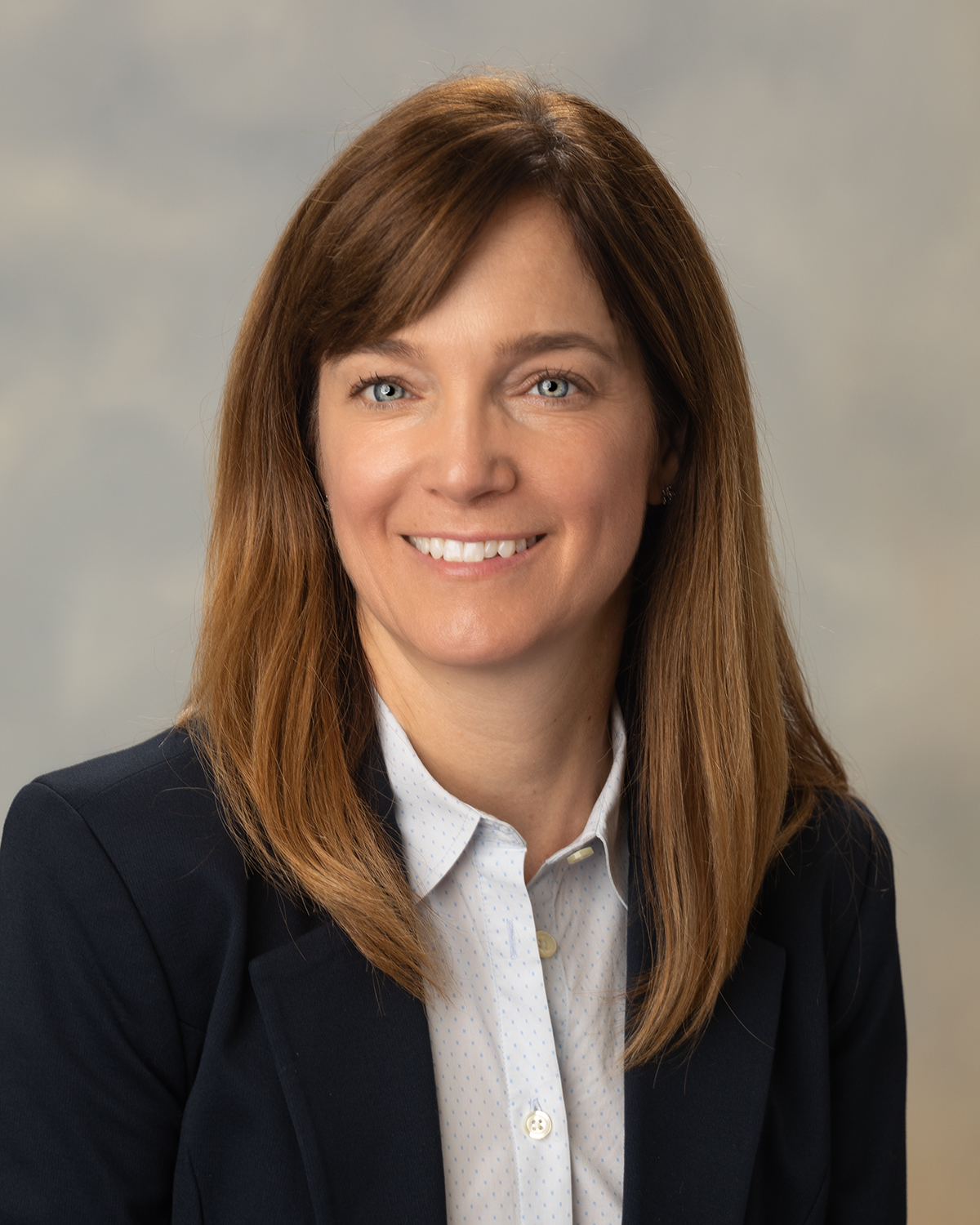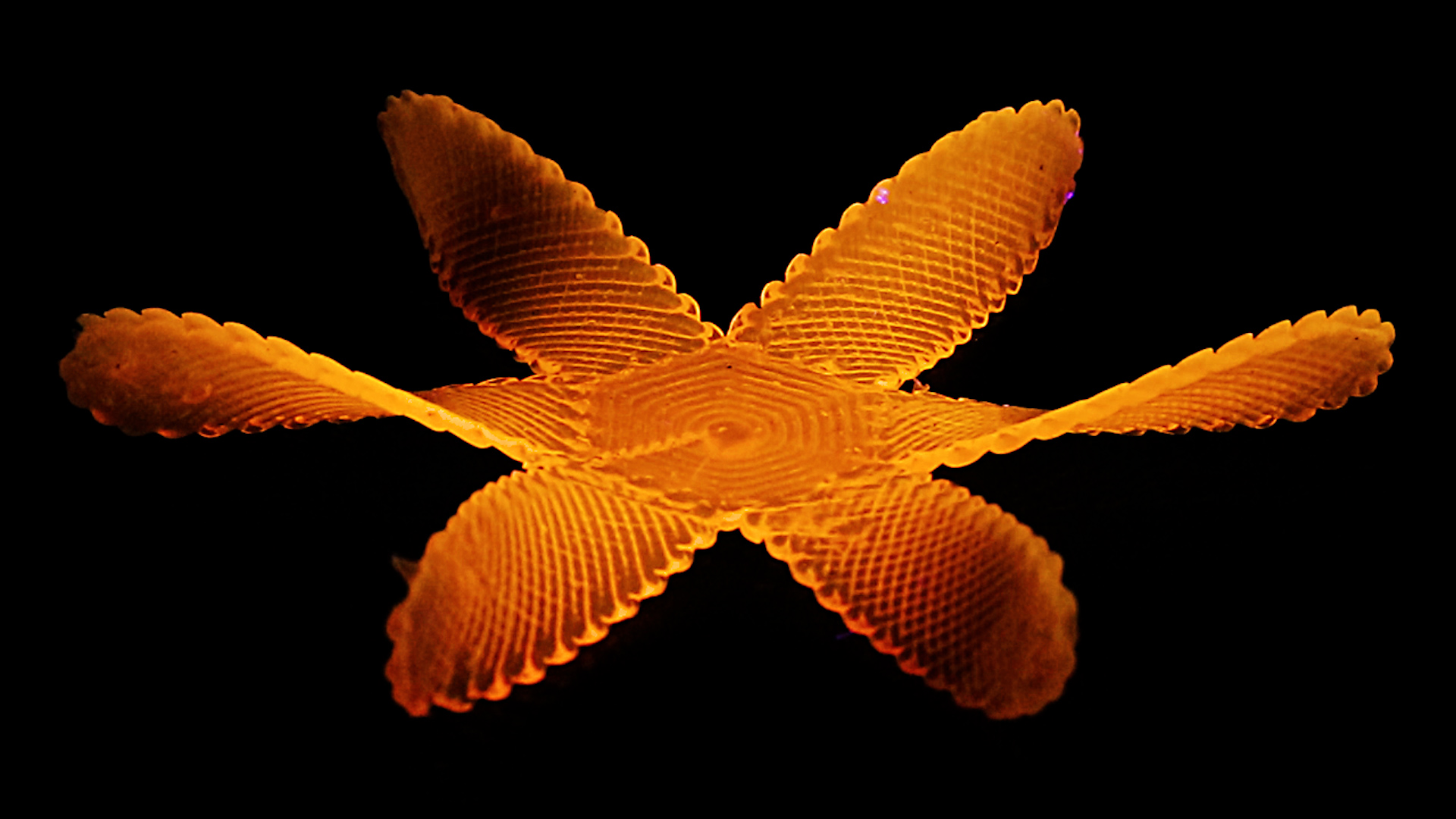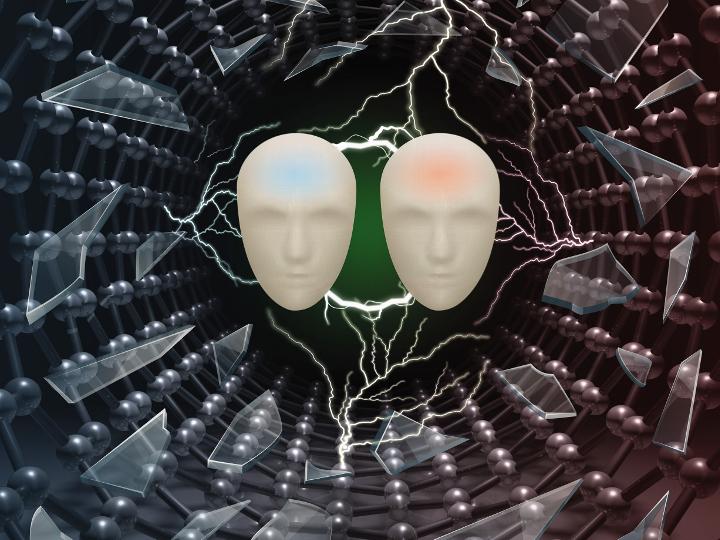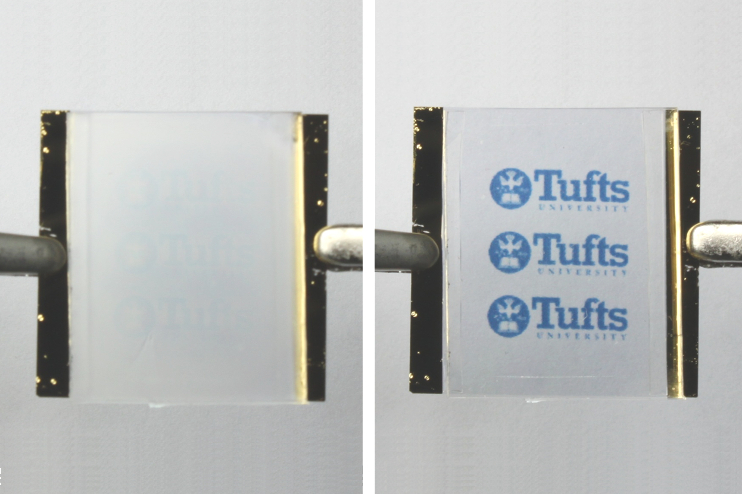Sustainable, renewable and good for the climate: Wood is the material of the future. But how much of it do we actually have and how do we make best use of it? Researchers from Empa and WSL have now analyzed the material flows of wood in Switzerland in detail – and discovered untapped opportunities.
Tag: Material Science

How one UIC student is proposing to advance science of superconductivity
Materials called cubic rare earth hydrides could be superconductors in everyday conditions
Outstanding Graduate Students selected for Department of Energy Office of Science Research Program
A total of 62 PhD students from 24 states have been selected for the prestigious Department of Energy (DOE) Office of Science Graduate Student Research (SCGSR) program.
Microsphere-assisted quantitative phase microscopy
An international teams of authors provide a comprehensive review on microsphere-assisted quantitative phase microscopy, a technique in which transparent microspheres are integrated with coherence scanning interference and digital holographic microscopies to enhance imaging resolution. The authors discuss the associated open questions, technical challenges, and research and development opportunities as well.
The art of molecular self-assembly: crafting 2D nanostructures for advanced materials
Researchers have made significant strides in nanotechnology with the discovery of a method to self-assemble block molecules into sophisticated two-dimensional (2D) nanopatterns. This innovative approach allows for meticulous crafting of materials at the nanoscale, surpassing the limitations of conventional lithography. The article illuminates the path for developing advanced nanostructures with applications in nanotechnology, promising a new era of material design and fabrication.
A new compact diffractive imager for subwavelength resolution
The researchers propose a new method for achieving subwavelength resolution imaging for phase and amplitude objects. Their technique relies on diffractive encoding and decoding with a solid-immersion layer to recover high-frequency information corresponding to the subwavelength features of an object.
Optical Imager Captures Amplitude and Phase Information without Digital Processing
UCLA researchers introduced an all-optical complex field imager that captures both amplitude and phase information of optical fields using an intensity-based sensor array. This device employs optimized diffractive surfaces to eliminate the need for digital processing in conventional complex imaging techniques, improving imaging speed and reducing computational demand.
Fresh hope for chronic wounds
The U.S. Food and Drug Administration recently approved two new wound management products that include patented hydrogels invented by University of Delaware researchers. The unique UD hydrogel materials self-assemble to form a 3D matrix compatible with living cells.
Strong-field photoelectron holography in the subcycle limit
Utilizing a near-single-cycle strong laser field, inter-cycle interference between photoelectron trajectories is mitigated in photoelectron holography, clearly unveiling two unique electron-holography patterns: fishbone-like and spider-leg-like.
Type 2 Diabetes Alters the Behavior of Discs in the Vertebral Column
Type 2 diabetes alters the behavior of discs in the vertebral column, making them stiffer, and also causes the discs to change shape earlier than normal.
Breaking boundaries in quantum photonics: Groundbreaking nanocavities unlock new frontiers in light confinement
In a significant leap forward for quantum nanophotonics, a team of European and Israeli physicists, introduces a new type of polaritonic cavities and redefines the limits of light confinement. This pioneering work, detailed in a study published today in Nature Materials, demonstrates an unconventional method to confine photons, overcoming the traditional limitations in nanophotonics.
Scientists have increased hardness and wear properties of titanium’s surface
Scientists have suggested the technology that increases hardness and wear properties of titanium products. With the help of plasma electrolysis authors of the work have formed on the surface of the material rough oxide coating, and under it – solid solution of nitrogen and carbon.
Reshef Tenne to receive Von Hippel Award, the Materials Research Society’s highest honor
WARRENDALE, PA—Reshef Tenne of the Weizmann Institute of Science has been selected to receive the 2023 Von Hippel Award, the highest honor given by the Materials Research Society (MRS).
Scientists take an important step towards using quantum computers to advance materials science
A team of scientists from the U.S. Department of Energy’s Ames National Laboratory demonstrated a way to advance the role of quantum computing in materials research with an adaptive algorithm for simulating materials. Quantum computers have potential capabilities far beyond today’s computers, and using an adaptive algorithm allows them to produce solutions quickly and accurately.
When Material Goes Quantum, Electrons Slow Down and Form a Crystal
Moiré patterns can occur when scientists stack two-dimensional crystals with mismatched atomic spacings. Moiré superlattices display exotic physical properties that are absent in the layers that make up the patterns. Researchers have discovered a new property in the moiré superlattices formed in tungsten diselenide/tungsten disulfide crystals, in which the electrons “freeze” and form an ordered array.
Blind spots in the monitoring of plastic waste
Whether in drinking water, food or even in the air: plastic is a global problem – and the full extent of this pollution may go beyond of what we know yet. Researchers at the Karlsruhe Institute of Technology (KIT), together with partners from the Netherlands and Australia, have reviewed conventional assumptions for the transport of plastic in rivers.
Your next wooden chair could arrive flat, then dry into a 3D shape (video)
Instead of crafting wooden objects with a saw or chisel, scientists can now program a 3D printer to extrude flat wooden shapes that self-morph into complex, 3D shapes as they dry. Potential applications include furniture. The researchers will present their results today at ACS Fall 2022.
Biochemistry: Peptide “Fingerprint” Enables Earlier Diagnosis of Alzheimer’s Disease
Neurodegenerative diseases like Alzheimer’s disease or Parkinson’s disease are caused by folding errors (misfolding) in proteins or peptides, i.e. by changes in their spatial structure. This is the result of minute deviations in the chemical composition of the biomolecules. Researchers at the Karlsruhe Institute of Technology (KIT) have developed a simple and effective method for detecting such misfolding at an early stage of the disease. Misfolding is revealed by the structure of dried residue from protein and peptide solutions.
Photovoltaics: Fully Scalable All-Perovskite Tandem Solar Modules
Researchers at the Karlsruhe Institute of Technology (KIT) have developed a prototype for fully scalable all-perovskite tandem solar modules. These modules have an efficiency of up to 19.1 percent with an aperture area of 12.25 square centimeters. This result, the first of its kind reported worldwide, was made possible by improving efficiency with optimized light paths, high-throughput laser scribing, and the use of established industrial coating methods. The researchers present their results in the journal Nature Energy. (DOI: 10.1038/s41560-022-01059-w)
Urban Timber Construction: Colored Façades Increase Acceptance
Wood as a building material has deep roots in the cultural memory of many regions. A study by Karlsruhe Institute of Technology (KIT) now shows how much future building with wood opens up. Considering the cultural, technical, and design aspects of building with wood, the study examines how timber construction can make a comeback in cities. Its proposition is that more color is the key to greater acceptance. The reference project for the study is “Vinzent,” a residential and office building with colorful, planted wooden façades in Munich’s Neuhausen district.
Tabletop Magnetic Resonance Units to Revolutionize Diagnostics and Materials Analysis
In the HyPERiON CRC coordinated by the Karlsruhe Institute of Technology (KIT), researchers from KIT and the universities of Kaiserslautern, Konstanz and Stuttgart are jointly developing technology for compact high-performance magnetic resonance units. In the future, the devices could be used in the chemical and pharmaceutical industries, in medical practices or at border checkpoints. The German Research Foundation is funding the interdisciplinary group with more than 10.6 million euros for four years starting on July 1, 2022.
Researchers “Watch” Molten Salts Carve Tiny Nooks and Tunnels into Metal Alloys in 3D
A multidisciplinary team of scientists has used the National Synchrotron Light Source II (NSLS-II), a U.S. Department of Energy (DOE) Office of Science User facility located at the DOE’s Brookhaven National Laboratory, to investigate how high-temperature molten salts corrode metal alloys.
Magneto-thermal imaging brings synchrotron capabilities to the lab
Coming soon to a lab tabletop near you: a method of magneto-thermal imaging that offers nanoscale and picosecond resolution previously available only in synchrotron facilities.

Cerreta Named President of Nation’s Professional Society for Minerals, Metals, and Materials Scientists and Engineers
Ellen Cerreta, the Los Alamos National Laboratory’s division leader for Materials Science and Technology, has been named president of The Minerals, Metals, & Materials Society (TMS), a professional society for scientists and engineers in those fields.
Finding What Makes Catalysts Tick
Computational chemist Samantha Johnson, who is searching for combinations to bolster energy future, is among the PNNL scientists preparing to move into the Energy Sciences Center. The new $90 million, 140,000-square-foot facility, is under construction on the PNNL campus and will accelerate innovation in energy research using chemistry, materials science, and quantum information sciences to support the nation’s climate and clean energy research agenda.

New method makes better predictions of material properties using low quality data
By combining large amounts of low-fidelity data with smaller quantities of high-fidelity data, nanoengineers at UC San Diego have developed a machine learning method to more accurately predict the properties of new materials including, for the first time, disordered materials.
Researchers 3D print biomedical parts with supersonic speed
Forget glue, screws, heat or other traditional bonding methods. A Cornell University-led collaboration has developed a 3D printing technique that creates cellular metallic materials by smashing together powder particles at supersonic speed.

Material scientists learn how to make liquid crystal shape-shift
A new 3D-printing method will make it easier to manufacture and control the shape of soft robots, artificial muscles and wearable devices. By controlling the printing temperature of liquid crystal elastomer, researchers have shown they can control the material’s stiffness and ability to contract.
MIPT scientists reveal secret of material for promising infrared cameras
Researchers from the Moscow Institute of Physics and Technology and the RAS Institute for Theoretical and Applied Electromagnetics have discovered what makes vanadium dioxide films conduct electricity. Their findings will enable thermal imaging devices with a sensitivity and reaction rate superior to those of the currently existing analogues.
Unlocking Promising Properties to Create Future Technologies
At Rensselaer Polytechnic Institute, researchers working at the intersection of materials science, chemical engineering, and physics are uncovering new and innovative ways to unlock those promising and useful abilities using light, temperature, pressure, or magnetic fields.
The groundbreaking discovery of an optical version of quantum hall effect (QHE), published today in Physical Review X, demonstrates the leadership of Rensselaer in this vital research field.

New material could turn clothing into a health monitor
Researchers have reported a new material, pliable enough to be woven into fabric but imbued with sensing capabilities that can serve as an early warning system for injury or illness.

New silk materials can wrinkle into detailed patterns, then unwrinkle to be “reprinted”
Engineers developed silk materials that can wrinkle into nanotextured patterns – including words, textures and images as intricate as a QR code or a fingerprint. The patterns are stable, but can be erased by flooding the surface of the silk with vapor, allowing the it to be printed again. Researchers see many applications in optical electronics